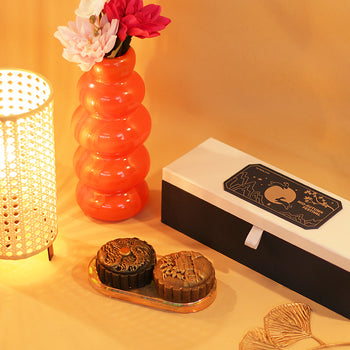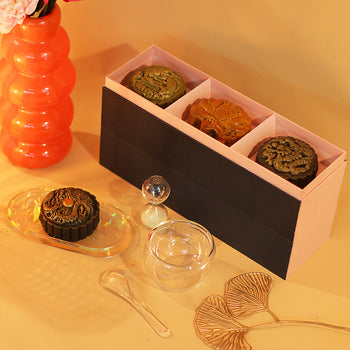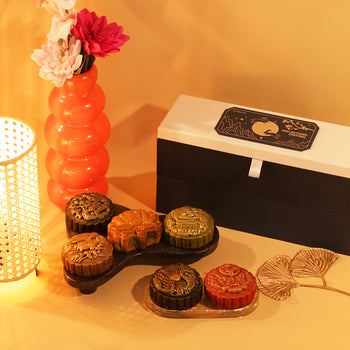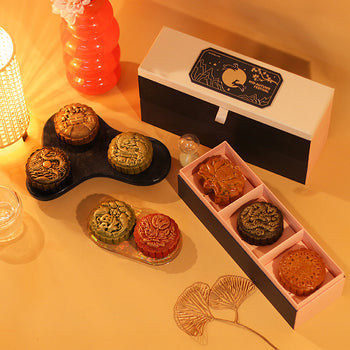- DANGDUT4D bukan sekadar platform game biasa, karena ini adalah momentum hadiah nonstop yang bikin saldo kamu terus meledak! Setiap hari, Setiap minggu, bahkan setiap bulan. Ada berbagai macam jenis event menarik yang bisa kamu ikuti
- DANGDUT4D bukan sekadar platform game biasa, karena ini adalah momentum hadiah nonstop yang bikin saldo kamu terus meledak! Setiap hari, Setiap minggu, bahkan setiap bulan. Ada berbagai macam jenis event menarik yang bisa kamu ikuti














 PROMO
PROMO
 LOGIN
LOGIN
 DAFTAR
DAFTAR
 ALTERNATIF
ALTERNATIF
 Live Chat
Live Chat

